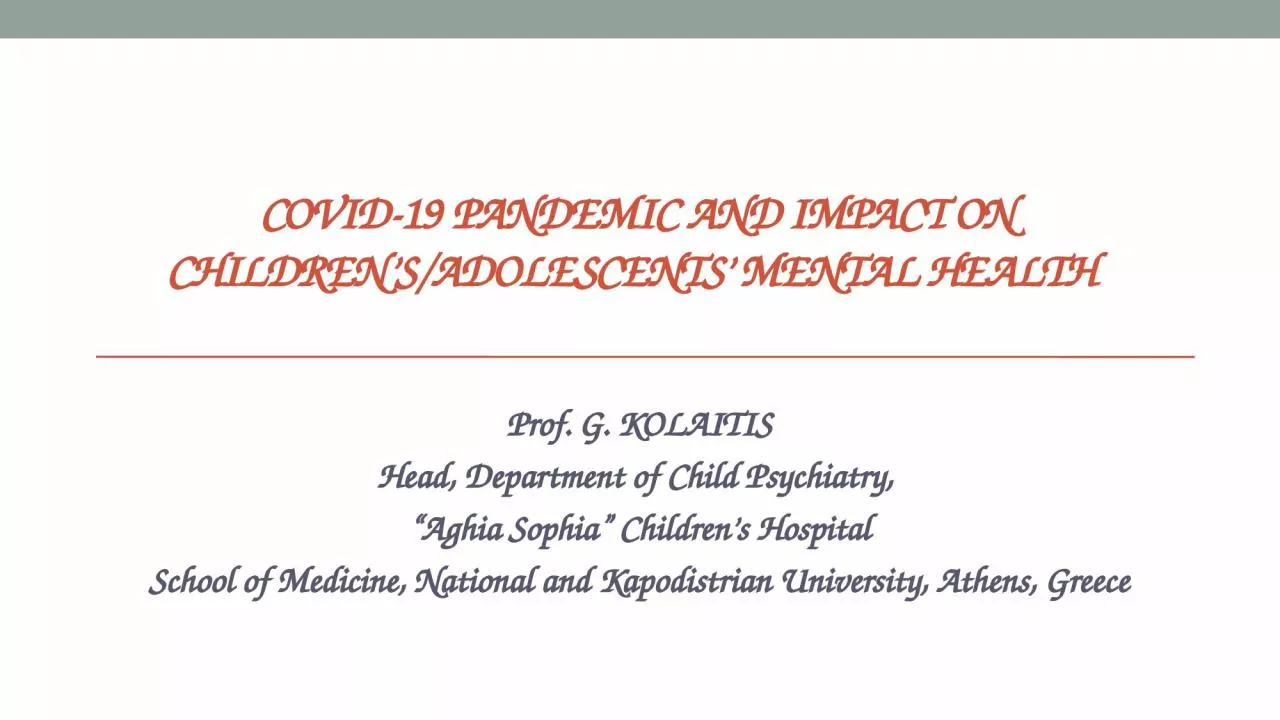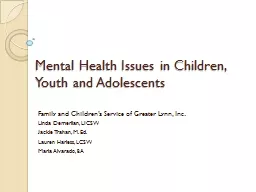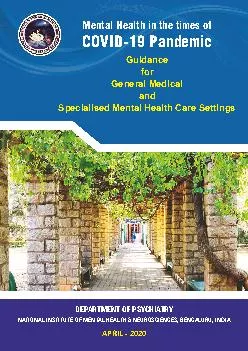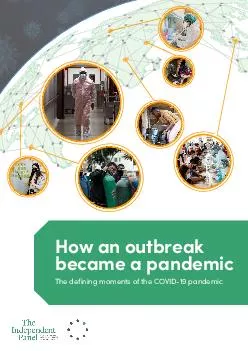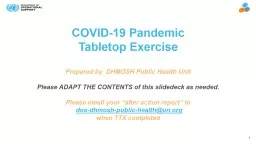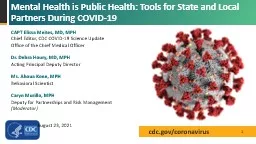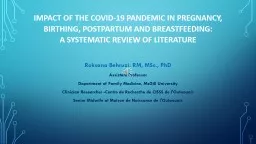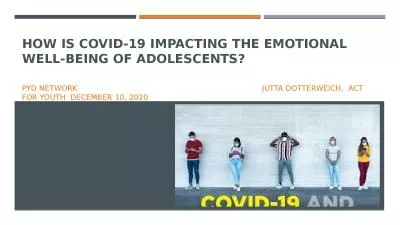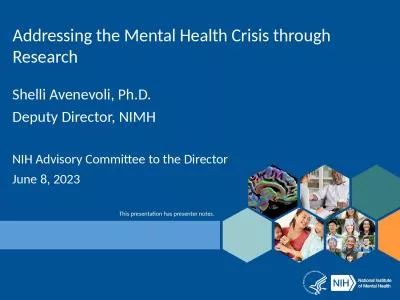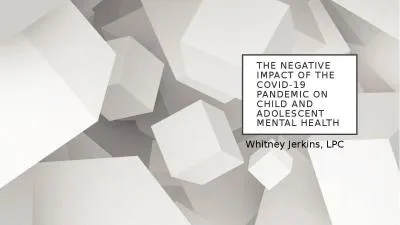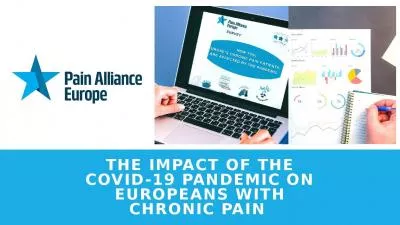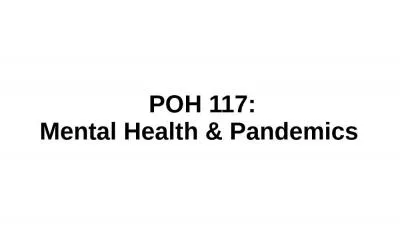PPT-COVID-19 PANDEMIC AND IMPACT ON CHILDREN’S/ADOLESCENTS’ MENTAL HEALTH
Author : pamela | Published Date : 2023-10-29
Prof G KOLAITIS Head Department of Child Psychiatry Aghia Sophia Childrens Hospital School of Medicine National and Kapodistrian University Athens Greece Covid19
Presentation Embed Code
Download Presentation
Download Presentation The PPT/PDF document "COVID-19 PANDEMIC AND IMPACT ON CHILDR..." is the property of its rightful owner. Permission is granted to download and print the materials on this website for personal, non-commercial use only, and to display it on your personal computer provided you do not modify the materials and that you retain all copyright notices contained in the materials. By downloading content from our website, you accept the terms of this agreement.
COVID-19 PANDEMIC AND IMPACT ON CHILDREN’S/ADOLESCENTS’ MENTAL HEALTH: Transcript
Download Rules Of Document
"COVID-19 PANDEMIC AND IMPACT ON CHILDREN’S/ADOLESCENTS’ MENTAL HEALTH"The content belongs to its owner. You may download and print it for personal use, without modification, and keep all copyright notices. By downloading, you agree to these terms.
Related Documents

